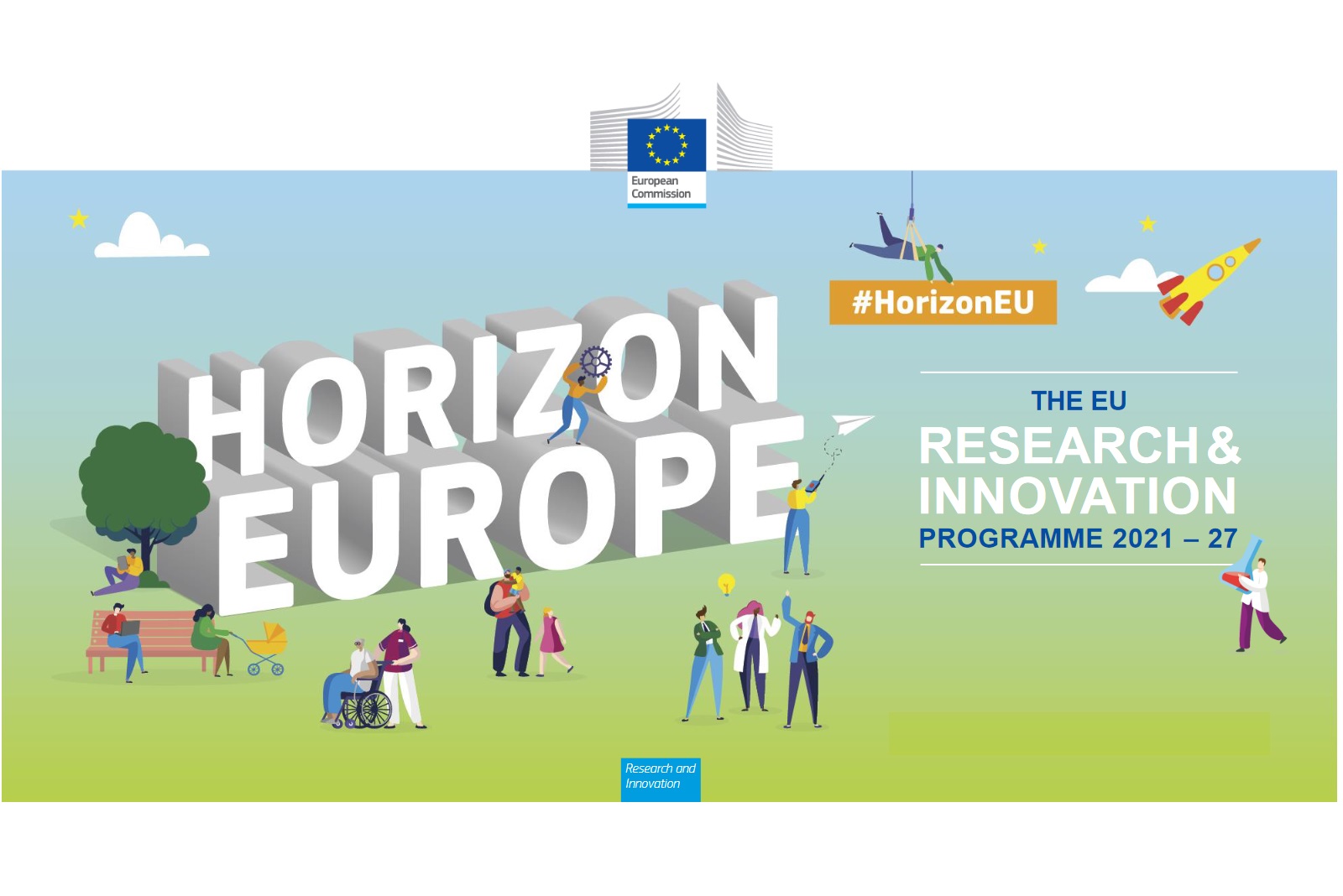
Digitisation and automation are increasingly disrupting business models and the operation of the waterborne transport sector.
Whilst digital and connected solutions are widely deployed, autonomous waterborne transport remains at an early stage of development, particularly outside of military applications. A small number of early stage demonstrators are foreseen in the coming years with modest ambition and focus. The main challenges are both technical and regulatory. Automated maritime or inland waterways feeder services are seen as the most promising applications where the feasibility and commercialisation of automated shipping can be proven. In particular, an autonomous waterborne feeder loop or shuttle service providing regular reliable, resilient and integrated supplies of freight with an ambition of zero emissions is likely to have many applications.
Developing the necessary expertise for such services provides Europe with a competitive advantage in the face of strong global competition which is investing to develop similar technologies. Autonomous waterborne feeder services are expected to disrupt logistics, remove freight from congested land infrastructures, increase safety by reducing the human factor in accidents and incidents, and make transport climate neutral. They will change business models, increasing logistic chain integration and exploiting telemetry and shore-based support, whilst modifying the role of crews and legal responsibilities which will raise further societal issues that need to be addressed. These anticipated changes to waterborne transport also require clarity concerning the local rules and regulations in order to ensure legal certainty. Project(s) is/are expected to co-operate closely with the Horizon 2020 project MOSES which is already addressing aspects of robotic cargo handling and autonomous vessel manoeuvring and docking.
Building on the current state of the art and on-going activities, proposals should address all of the following points in line with the expected outcomes above:
- Develop an autonomous waterborne freight feeder loop service for inland or maritime transport suitable for specific commercial applications and which can provide an integrated, reliable, resilient, predicable fully automated service with a preference for zero GHG and pollutant emissions as well as supporting safer navigation (e.g. manoeuvring, situational awareness, collision avoidance, failsafe operations). Feeder service is to be understood to include Ro-Ro services.
- Given that an IWT application will significantly differ from a short sea application common technology building blocks need to be defined and developed. Project(s) should analyse differences and communalities in sufficient detail.
- Key aspects to be addressed are real time data acquisition, management, storage and exchange, and the supporting digital infrastructure(s), standards and connectivity, also addressing the potential use of Galileo GNSS services.
- Develop business cases which demonstrate the viability of the proposed solutions and their impact on logistic chains. The latter will require addressing port handling and intermodality.
- In addition to the vessel projects should address the port and any other necessary shore side infrastructure as well as any adaptions to existing infrastructure such as locks and bridges in the case of inland waterways transport.
- Address requirements for telemetry, its architecture, infrastructure monitoring and security needed for controlling the system’s water-side and shore-side assets.
- Address the necessary safety, regulatory and legal rules (including liability, COLREGs etc.) needed to deploy such services. A clear distinction needs to be made between inland navigation and short sea shipping as different legal, fiscal and commercial conditions as well as emission baselines apply. The possibility for modifications of COLREGS and similar regulations as well as a more active role of shore traffic management services should be explored.
- Whilst ensuring European added value, and visibility of the European activities, engage with wider activities addressing automated shipping, including internationally within IMO, as well as supporting EU policy making in the domain of autonomous and connected shipping.
- Address reliability, liability and the consequences of system failure or breakdown. Special attention needs to be given to cyber security and resilience against malicious acts in all aspects.
- Address the socio-economic implications of such automated feeder services, including employment, training and skills requirements as well as the social acceptance of such vessels. The latter may have higher pertinence where vessel operations are taking place in proximity to population areas.
- Broaden European autonomous waterborne transport expertise amongst EU Member States and associated countries.

